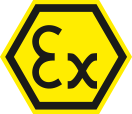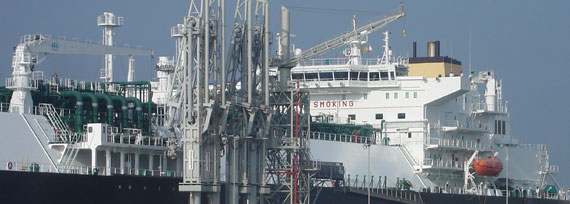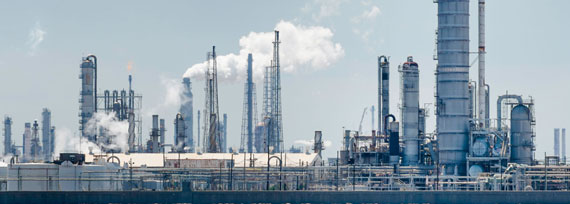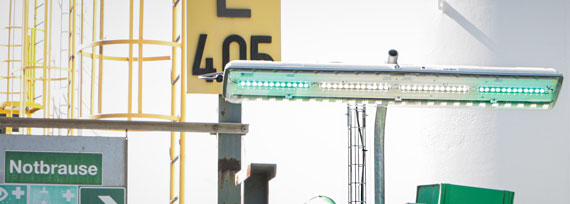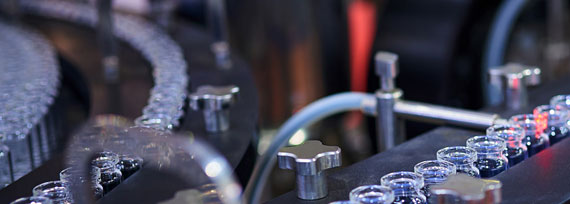Complete explosion-protected equipment from R. STAHL
Compliance with the latest safety and environmental protection regulations is paramount for our customer, who manufactures liquid printing inks. Due to the solvent-containing substances with hazardous compounds, their entire production line is classified as Zone 1. This means that all electrical equipment must be protected against explosions. This equipment ranges from installation switches, circuit breakers, linear luminaires, signal beacons, signal horns as well as control and distribution boxes to operating terminals. All explosion-protected equipment has been supplied by R. STAHL.
The production process is divided into four stages:
- Storage of ingredients.
- Dispersion of the solvents and ink pigments.
- Temporary storage and metering of the inks.
Packaging.

Delivery and distribution
- Upon delivery, the liquid starting materials are transported from buried tanks outdoors into the factory building. The process of filling the buried tanks with liquid starting materials is controlled from a control room. The tank supply lines that are housed in the control room are controlled and monitored by an explosion-protected operating terminal in conjunction with a control box. At the same time, an explosion-protected signal horn ensures that operating personnel stay safe. Additionally, an R. STAHL socket panel situated outdoors ensures that no hazardous situations arise during delivery. The installation switch and safety switch ensures that the system is safely shut down in the event of a hazard.
- In the inside production area, depending on the production tasks, the starting materials in the buried tanks are distributed further. This is controlled from a distribution panel on which the various components for the inks can be selected. Once these substances have been selected, they are delivered to large, impeller-type mixers, where they are processed further.
Production process
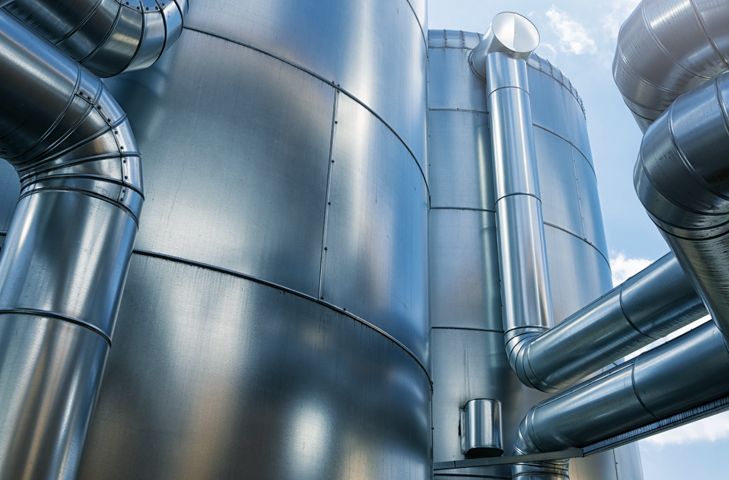
- A further process step involves dispersing the ink pigments and solvents that have been mixed together in a mixer. The degree of dispersion (i.e. the fineness of the ink grind) is an important quality parameter affecting printing results. First the solvent and pigment mixture is predispersed using a dissolver. Then, this mixture is ground in a bead mill. The printing inks' most important quality parameters (e.g. degree of dispersion, viscosity, etc.) are monitored by Quality Management throughout the entire production process. If the required fineness has been attained, these intermediate products (basic inks) are temporarily stored in tanks.
- The control boxes and control switches are used to control the storage of the intermediate products and the further distribution. The different basic inks are transported from these intermediate storage tanks to an automatic weighing and metering station, and from there, mixed to form the final product. After undergoing quality controls, the finished ink is poured into delivery containers that hold between 10 and 1,000 kg.
- The entire production process, both indoors and outdoors, is illuminated by
R. STAHL linear luminaires. The materials used and their robust construction make them incredibly well suited to withstanding corrosive media and other environmental influences, ensuring that work can progress in safety.

